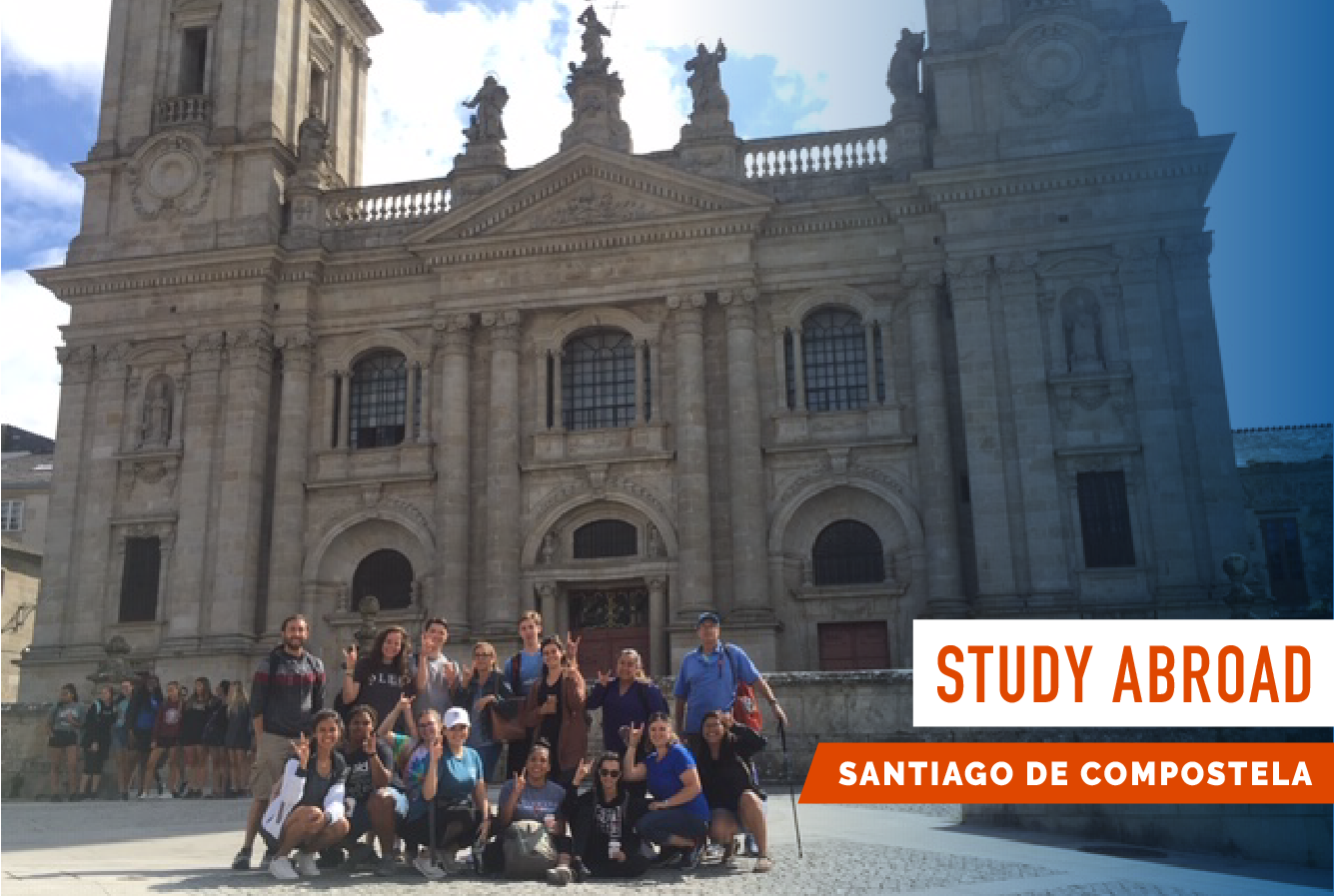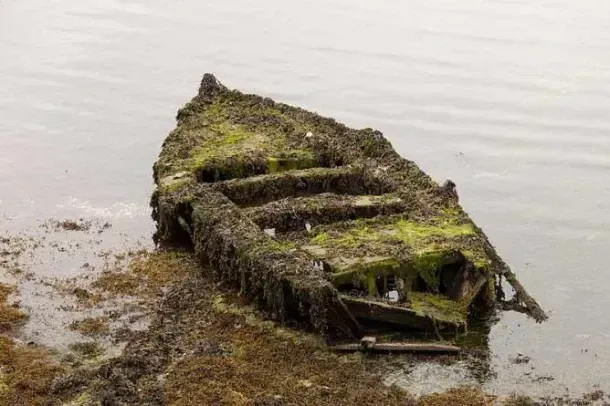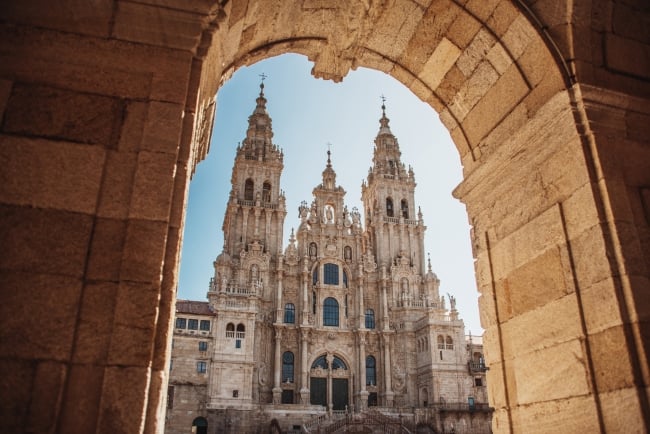
Written by Aiden Dumond, Edited by Grace Bailey
Professors! Thinking about an educational trip to Spain? Well, look no farther than Santiago de Compostela. This city is the capital of Galicia, Spain. Around forty years ago, Santiago was declared a world heritage site under UNESCO which is an educational organization by the United Nations. This city has become an attraction to the public through both an educational and cultural lens, and it is certainly worthy of a study abroad program. These kinds of programs are excellent ways for students to experience a new culture while walking through a city with a deep and rich history. That firsthand experience is invaluable as a student. Such study abroad programs are typically offered by many schools and can range a number of days or even months so that the students can comprehensively learn about the history of the place through traditions, attractions, and even the public infrastructure. Of course, another addition to these programs is the opportunity for students to learn a language within its cultural context – complete immersion is the best and most efficient way for a language-learner to thrive!

A study abroad program held in Santiago de Compostela would be an amazing opportunity for students and professors. Firstly, Santiago de Compostela is a beautiful city. This is because of the centuries of different types of architecture have built on top of each other, creating something new and attractive in the modern era. Santiago de Compostela provides students with fascinating and distinctive examples of architecture from multiple time periods in Spain. Romanesque architecture, Gothic-styled architecture, and a marriage of the two decorate nearly every aspect of the city. These two architectural types were used centuries apart from one another, and yet they somehow complement each other in a eclectic manner that allows students to peak into the past, imagining a culture long gone. With Santiago de Compostela as a homebase, students can learn about the history behind not only the city, but Spain itself. Notably, Santiago de Compostela was destroyed in the 10th century, an example of the turbulent tension between Muslims and Spanish Christians. The city was constantly battled over, and the architecture reflects that conflict.
In Galicia, Spain, the native language is Galician; however, a majority of the population today speaks Spanish, so you don’t need to worry about juggling multiple languages. (Yes, these languages are similar but significantly different!) However, with a good chunk of the population using two languages, this provides an opportunity for students to learn not only one new language, but another similar one with linguistic derivatives.

Additionally, the capital city of Galicia is home to many museums of which hold an astounding amount of information regarding local history and lore – the context necessary for a comprehensive understanding of the city. There are many museums to pick from, but consider the Museo do Pobo Galego. This museum is used specifically to exhibit the things that make up the history of Galicia – items like bagpipes and boats. Check the hours on their official website because they vary depending on the day.

Furthermore, Santiago de Compostela has a historical landmark known as the Santiago de Compostela Archcathedral Basilica that would be a perfect photo-op that highlights the historical artchitecture of the city. If you’re thinking about staying within walking distance of the cathedral, there are numerous housing options, some of which can be viewed by looking online here. Places to eat are just as easy as this city provides plentiful options of traditional cuisine and more. This city provides students and professors with the opportunity to learn about Spanish history, language, art, and architecture in an immersive setting. A study abroad program in Santiago de Compostela would give students a chance to excel in their chosen field in a city that encourages growth and learning. Please see our Further Information section for related academic articles.
Works Cited:
Fernández, Belén Ma Castro, et al. “Historic City, Tourism Performance and Development: The Balance of Social Behaviours in the City of Santiago de Compostela (Spain).” Tourism and Hospitality Research, vol. 16, no. 3, 2016, pp. 282–93. https://www.jstor.org/stable/26366493.
Fique, Simon. “Ciudad de La Cultura: Modernity and Architecture in Santiago de Compostela.” Consilience, no. 8, 2012, pp. 34–49. http://www.jstor.org/stable/26188713.
“Hotels in Santiago de Compostela.” Booking.com. https://www.booking.com/city/es/santiago-de-compostela.html?aid=2049312;label=santiago-de-compostela-DUdUpdK0VGzDiR5_dRYvbAS452206611296:pl:ta:p1:p2:ac:ap:neg:fi:tikwd-30466243:lp9008646:li:dec:dm;ws=&gad_source=1&gclid=EAIaIQobChMIrL-a3_bOggMV6UlHAR0u5QmJEAAYASAAEgL5MPD_BwE
“Santiago de Compostela.” UNESCO. Compostelahttps://whc.unesco.org/en/list/347/#:~:text=With%20its%20Romanesque%2C%20Gothic%20and,remarkable%20P%C3%B3rtico%20de%20la%20Gloria.
